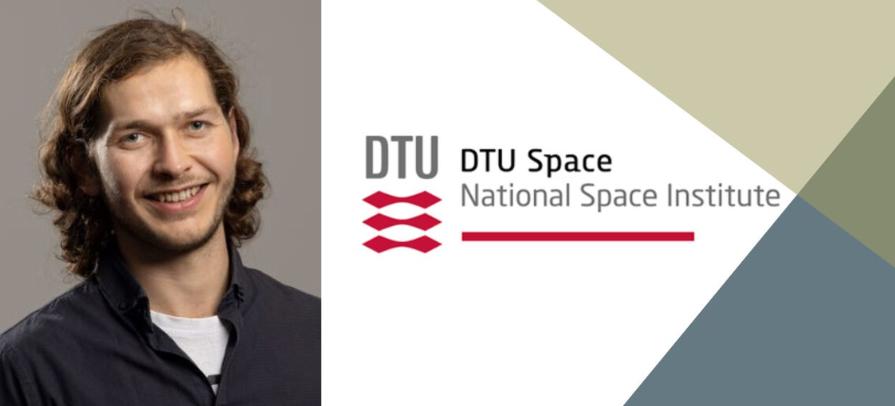Hergeir Teitsson verjir ph.d. á DTU Space
Fríggjadagin 18. oktober fer Hergeir Teitsson at verja ph.d.-ritgerð sína á DTU Space
Ritgerðin ber heitið: “Geoid Determination for Precise Satellite Height Measurements”.
Verjan er almenn og byrjar stundisliga kl. 13. danska tíð.
René Forsberg, professari á DTU Space, hevur verið høvuðsvegleiðari, meðan Tim E. Jensen og Gabriel Strykowski, báðir á DTU Space, hava verið hjávegleiðarar.
Í metingarnevndini eru
Ole B. Andersen, professari á DTU Space
Mirjam Bilker-Touvula, professari á Finnish Geodetic Institute, Finland
Ove Omang, granskari á Statens Kartverk, Norra
Jonathan Frank Kirby, professari á DTU Space, leiðir verjuna.
Samandráttur
Physical height systems are linked to Earth's gravity field and its local variations. Heights are usually referenced to the local mean sea level, known as the geoid. However, Global Navigation Satellite Systems (GNSS) measure heights relative to a mathematical model called the reference ellipsoid, with discrepancies to the geoid of up to ±100 meters globally. Precise and accurate gravity field modelling is essential to reconcile these differences. National height systems often vary due to different local references. The International Height Reference System (IHRS) aims to standardize height measurements globally.
This PhD thesis focuses on a variety of aspects related to geoid determination, involving geoid computation, gravity data collection, gravity network maintenance, and the integration of local height systems into a global framework. Research was mainly conducted in the Nordic and Baltic regions, Denmark, and Greenland, with significant findings on local gravity fields and geoid models, including an update to the local Danish geoid model, contributing on a new sea chart for the Baltic Sea, and detection of probable tilts in the Danish and Latvian levelling networks.
An update to the Greenlandic height system was also initiated, and preliminary results show notable changes in the geoid of Greenland. Further, new gravity data from regions like Nuuk, Greenland, have shown notable impacts on geoid accuracy.
Efforts also included connecting the height systems of Denmark, the Faroe Islands, and Greenland to the realization of IHRS. Airborne gravity surveys in Namibia and Malaysia improved local height systems and contributed to future global gravity models.
